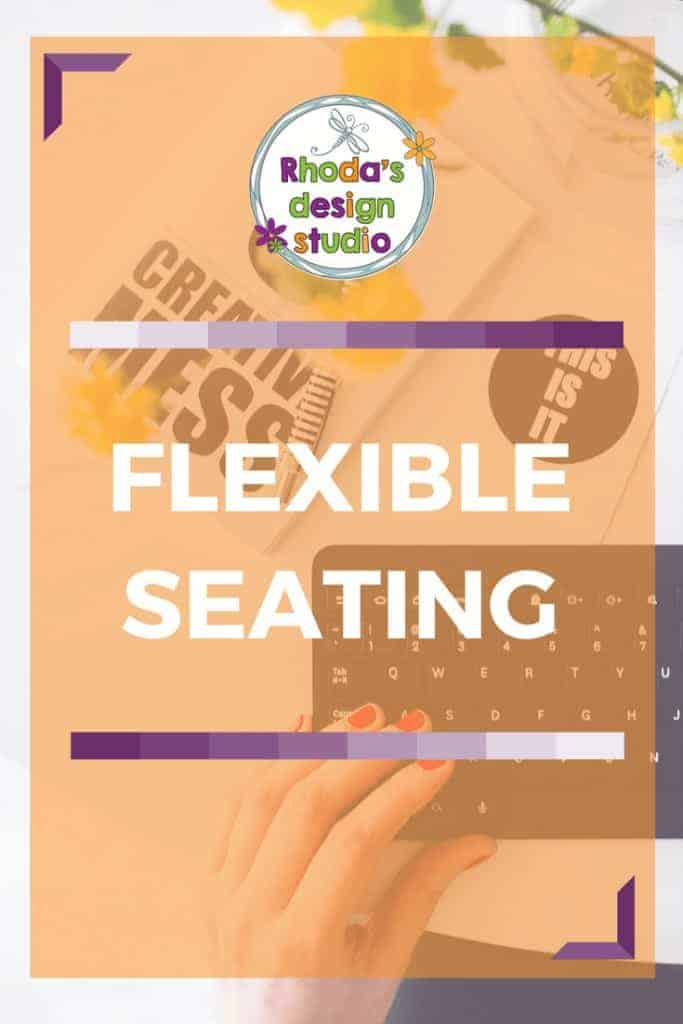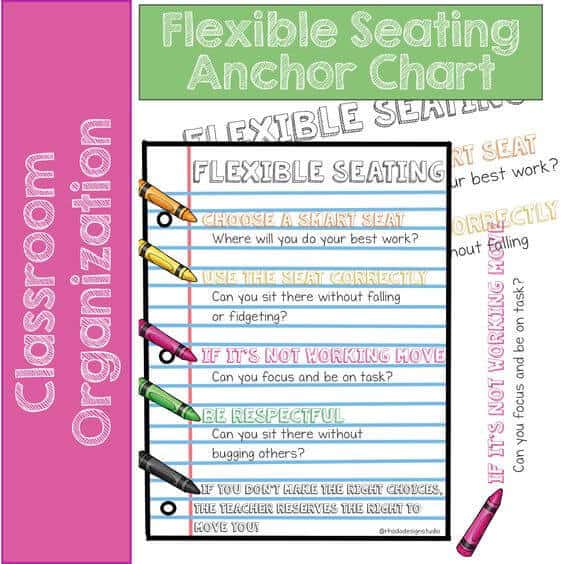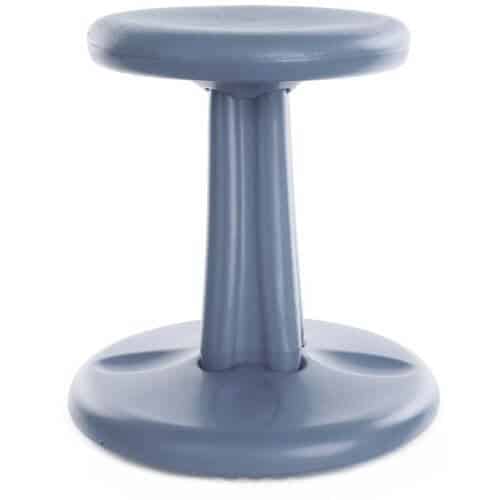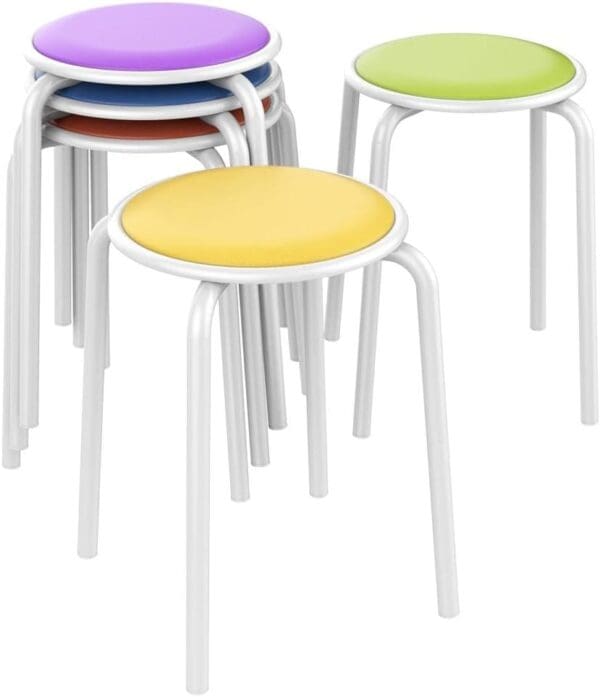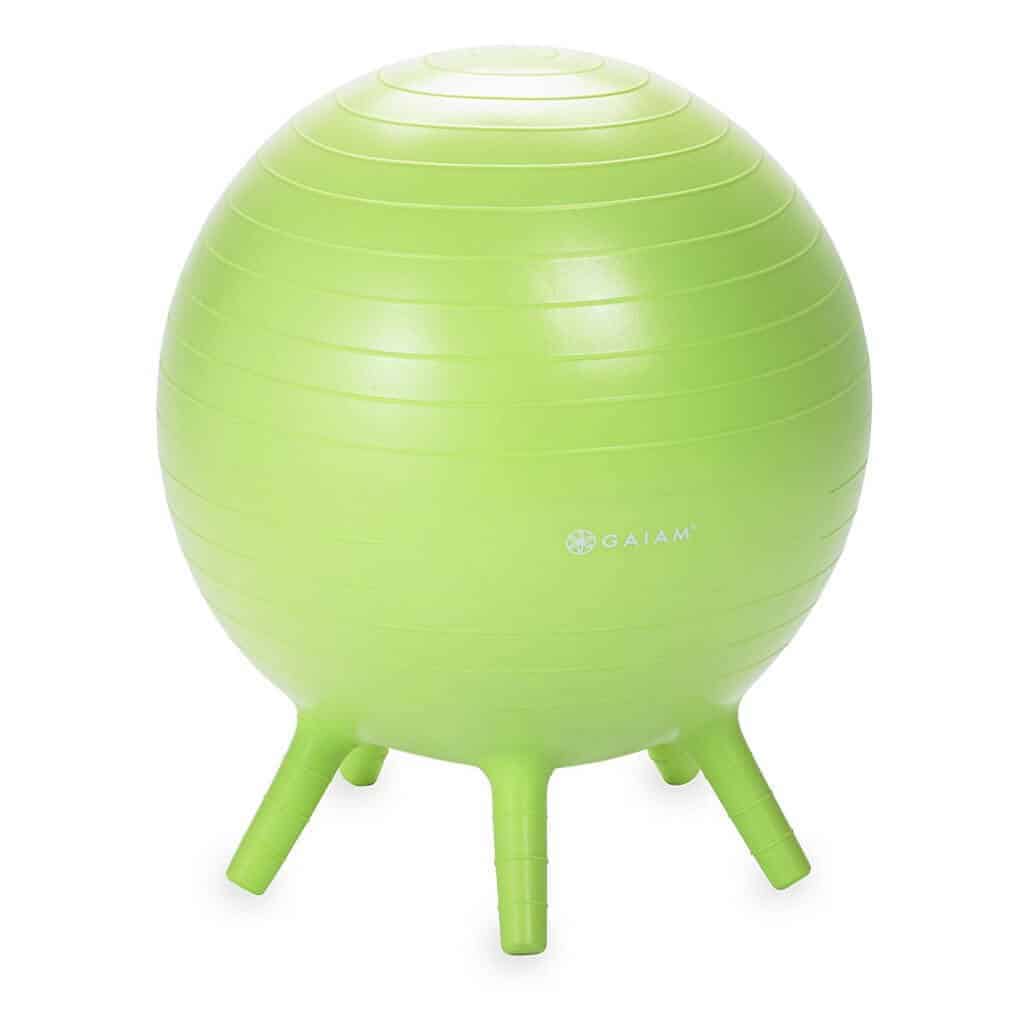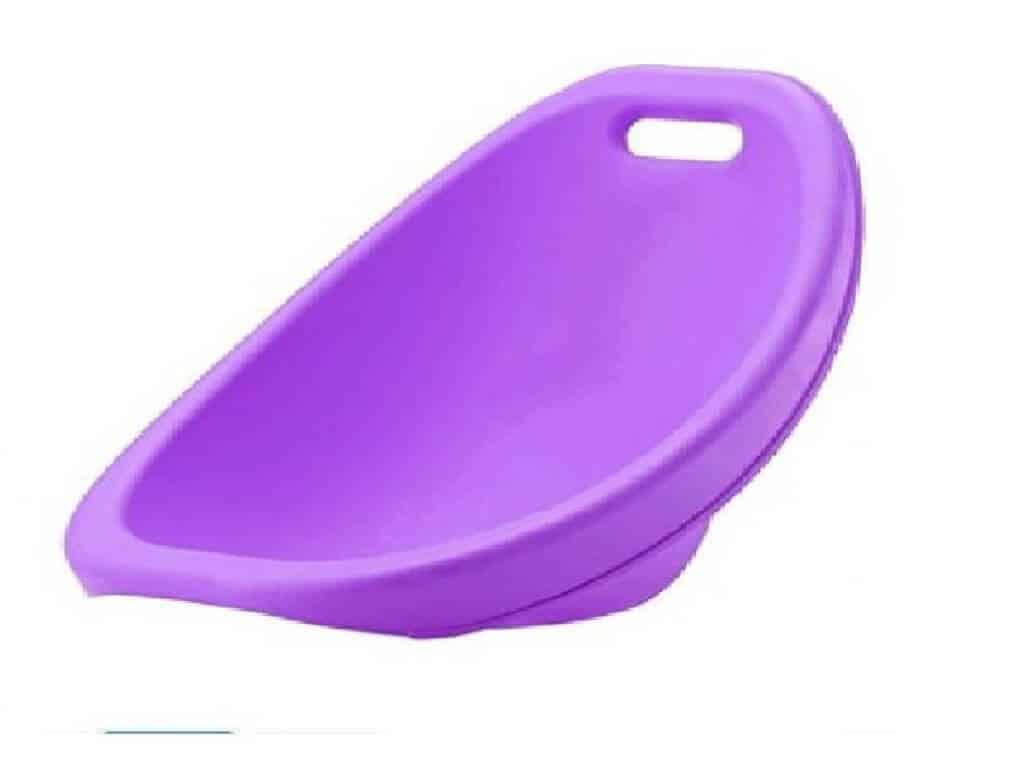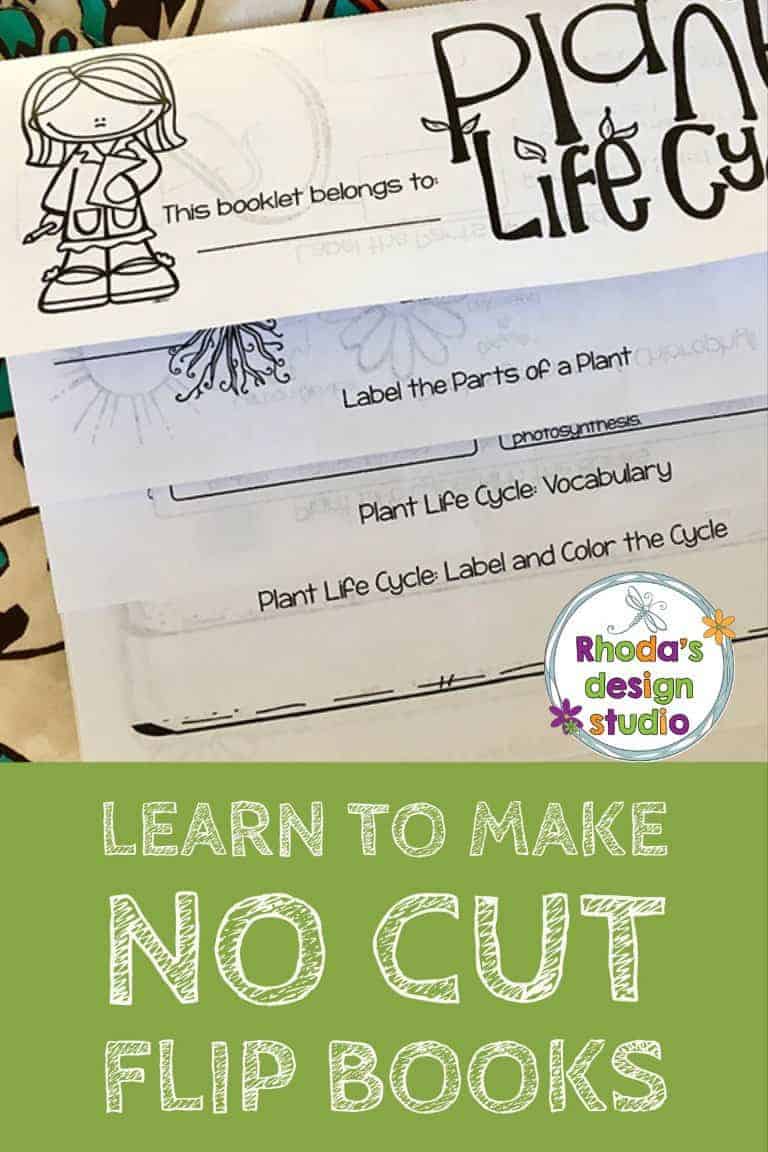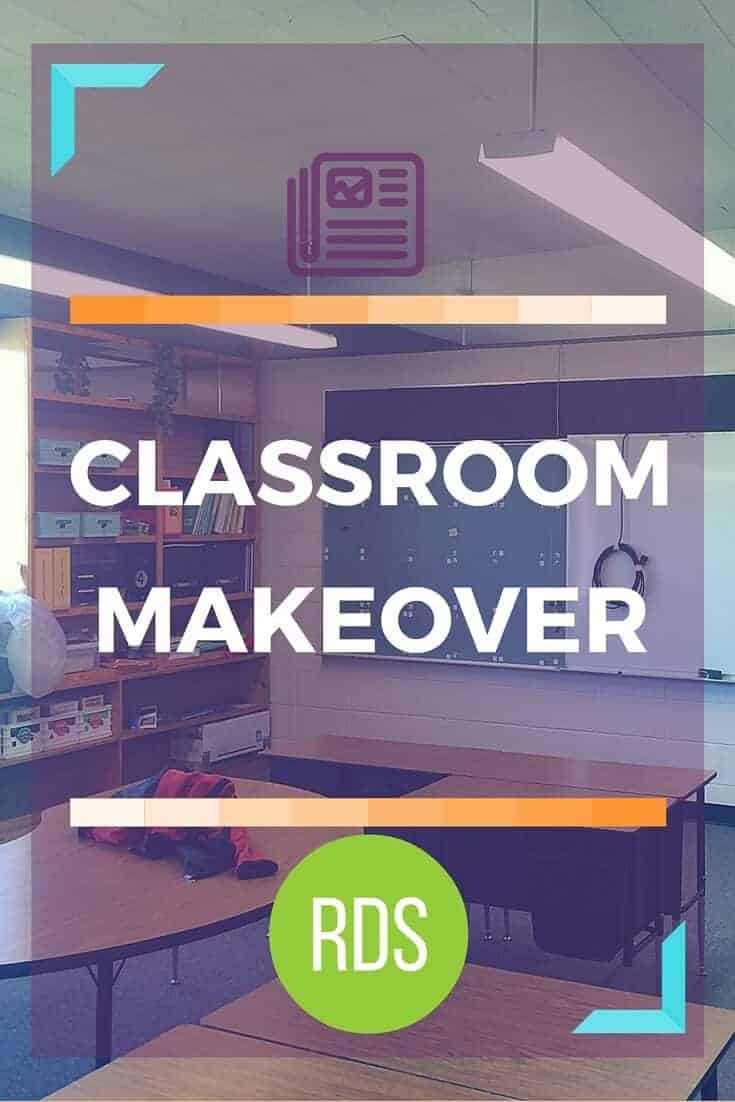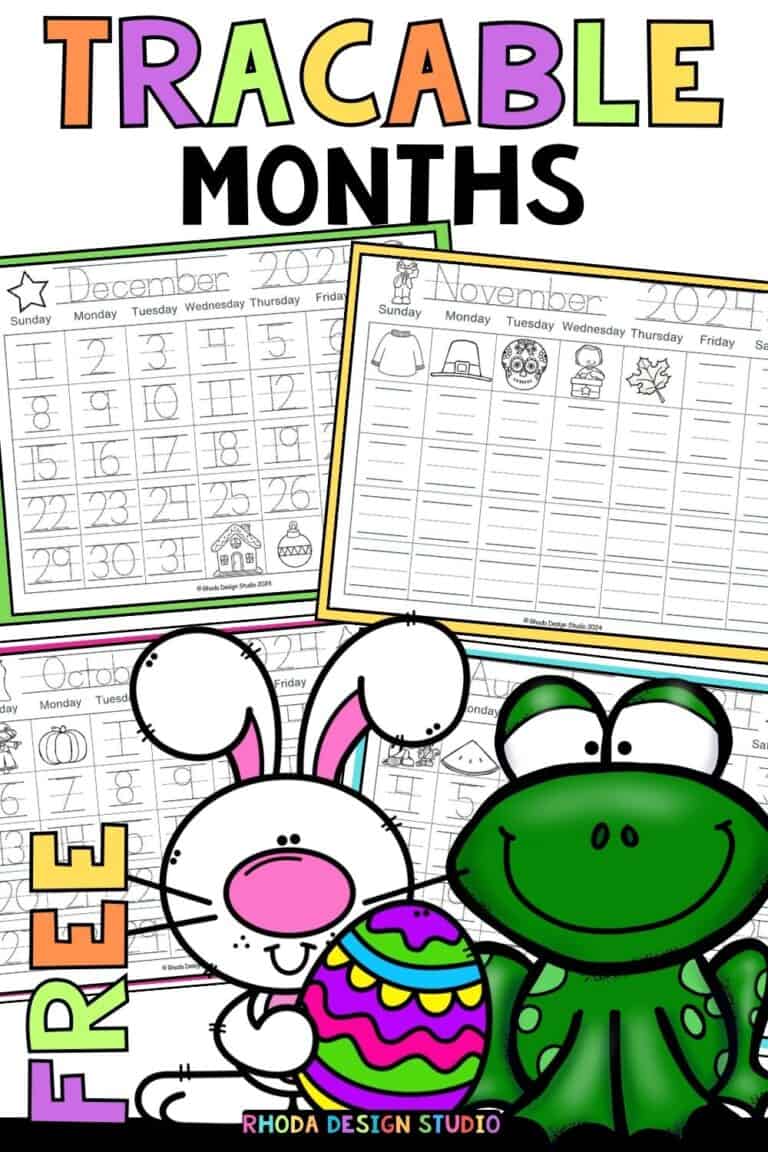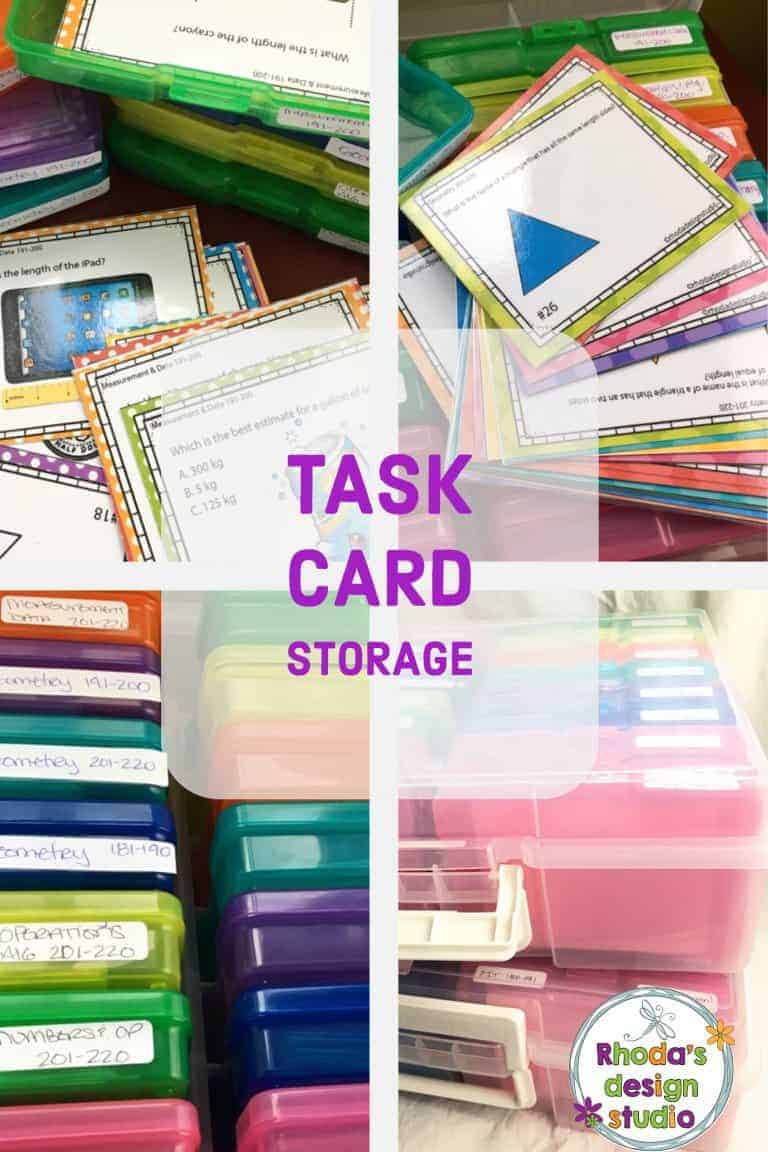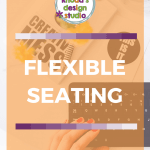Your Guide to a Flexible Seating Classroom
Are you choosing a flexible seating classroom each day? Where do you choose to work when you have the option? I find myself moving around the house with my laptop. Sometimes it’s the kitchen table. Other times I am on the couch with my laptop in my lap. If I’m just reading I might lay in my bed or on the couch with an iPad.
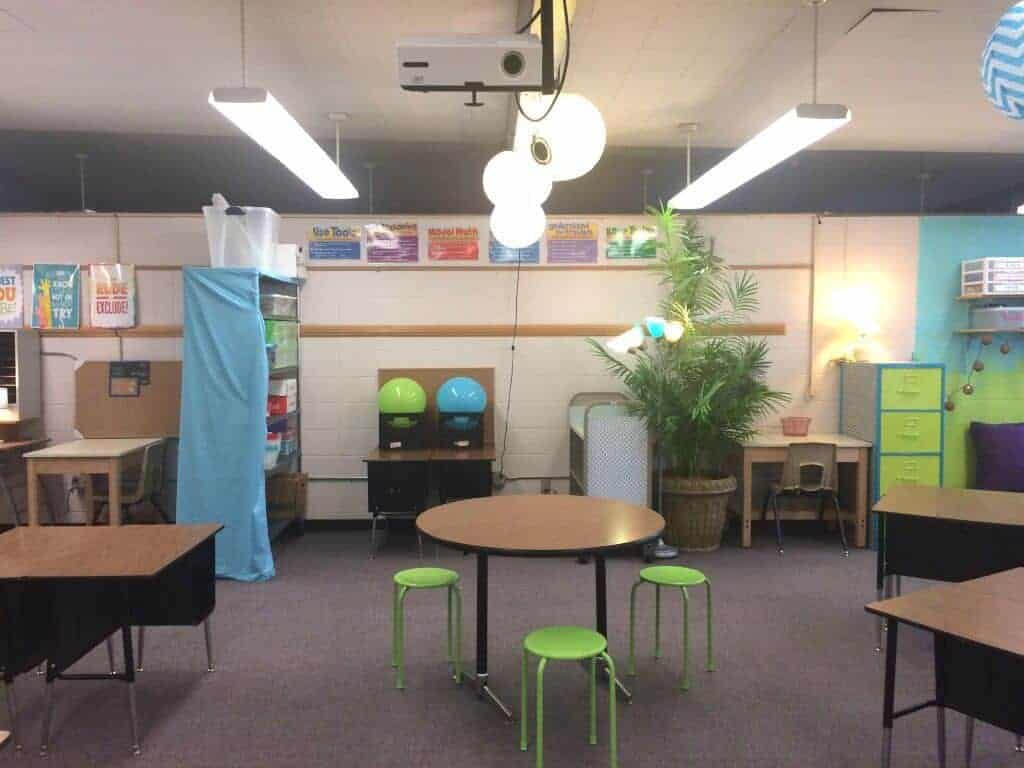
Students work in similar ways. If they are sitting at a desk too long, they start to fidget. Their attention starts to wander. What if they could just get up and move to a more comfortable spot in the room?
*this post contains affiliate links, please read my disclosure for more information
Cue Flexible Seating Classrooms
Physical activity is linked to higher academic performance, healthier students, and improved behavior. Students can wobble and wiggle while they read or practice math facts. If they want to sit quietly in the room they can choose a bucket seat and pillow combination. Others can choose a bath mat or yoga rug and sprawl out on the floor as they work.
Last year, my students usually chose an area where they could sit under something. Leaning against a wall under the table was their most favorite place. They usually ended up creating little nests that they would return to during the day.
They always have the option to move somewhere else in the room. If they felt like being more social, they would come sit at the large kidney table in a group. When they seemed to have had enough social stimulation and group work they would move under the table again.
In a room full of third and fourth graders, it was surprising to see that they always made choices that worked best for their current task. Rarely did I have to intervene and move a student because they weren’t on task or focused.
Movement throughout the day made it easier for them to hold still and listen during short whole group lessons and during tests or independent work they were very responsible and chose seating options that weren’t grouped together.
Donations for Seating
Some of the options for flexible seating can get a little expensive for a teachers budget. We all know that we spend more money than we should out of our own pockets and flexible seating adds up.
There are options for getting help with the more expensive options such as wobble stools, scoop seats, and balance balls.
Donors Choose offers a great way to get some help with redesigning your classroom without having to purchase everything out of your own pocket. Take a minute to browse through other projects that are listed and then decide which options you want to add to your own project.
Don’t Break the Bank
There are plenty of options for flexible seating that don’t involve spending your whole monthly paycheck and that you can gather slowly over time. Yard sales are a great place to find different sized tables and furniture options.
Students also love to use bath rugs and yoga mats to spread out on the floor. Pillows (try getting the outdoor fabric versions for easier clean up) are great for those students who like to lean against the wall or add a little cushion to their seat.
Dairy crates with padded covers are a super affordable way to create seating. These work even better with outdoor fabric on the cushion (lesson learned from last year). Parents might also have things that they can donate to your classroom that help makes it feel more comfortable as well. Maybe add a blurb to your first newsletter home.
These stools were available at the dollar store and are one of the favorite choices for my students:
Managing Flexible Seating
Setting expectations during the first few weeks of school is the best way to implement flexible seating. You can choose to have everything set out and available for your students to choose from or you can slowly introduce new seating options as they become more comfortable choosing from their current selections.
Personally, I chose to offer everything at once and then have a few weeks of teach-to’s about how the seating worked and expectations. We worked out kinks about how many pillows an individual student could use at a time, not calling for a seat as soon as they walked into the room, and not taking seats that someone else was using but moved away from for a moment.
Make sure your students know that you reserve the right to move them at any time. If they can’t focus or work in their selected spot, you get to veto that spot and move them to another spot in the room that you feel will fit their needs better.
Other Classroom Procedures
Creating a flexible seating classroom changes some of the other procedures in your day and your classroom management. A few things to consider when you implement flexible seating:
- Where will you keep student supplies? Will they have individual bins or use community supplies?
- What furniture do you need to keep in the room and what furniture can you get rid of? Desks? Chairs? Your teacher desk?
- How will you introduce all the different options to your students?
- Do you have enough for all students to have a choice?
- How will you handle disagreements between students about seating?
Community supplies seem to work the best in my room. At the beginning of the year, I collect all the supplies and then add them to community workspaces and containers as we need them.
Photo buckets work great to hold student cards, headphones, and small personal items. Larger items end up in crates, the few desks we have, or on extra shelving.
This year the plan is to give each student a drawer or bin to hold their larger personal items.
Have you implemented a flexible seating classroom yet? What types of furniture did you choose?
